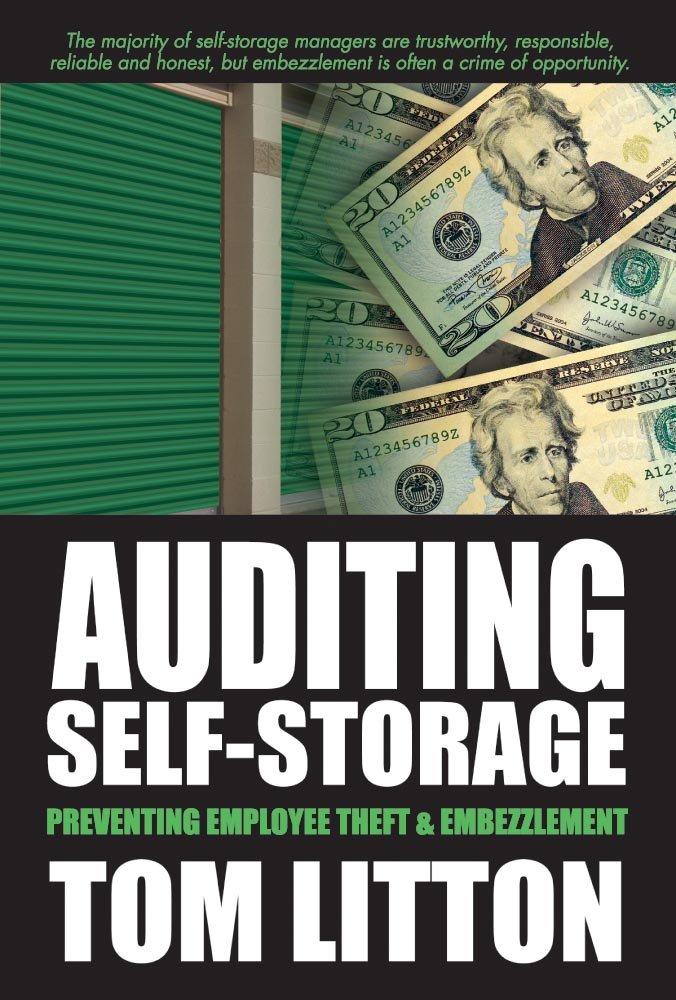Question
Question 1 The carrying value of a long-term note payable: Is computed as the future value of all remaining future payments, using the market rate
Question 1 The carrying value of a long-term note payable:
Is computed as the future value of all remaining future payments, using the market rate of interest.
Is the face value of the long-term note less the total of all future interest payments.
Is computed as the present value of all remaining future payments, discounted using the market rate of interest at the time of issuance.
Is computed as the present value of all remaining interest payments, discounted using the note's rate of interest.
Decreases each time period the discount on the note is amortized
Question 2 If the exchange rate for Canadian and U.S. dollars is 0.7382 to 1, this implies that 3 Canadian dollars will buy ____ worth of U.S. dollars.
$0.2759
$1.48
$1.82777
$2.21
Question 3 The carrying value of bonds at maturity is always equal to:
the amount of cash originally received in exchange for the bonds.
the par value that the issuer pays the holder.
the amount of discount or premium.
the amount of cash originally received in exchange for the bonds plus any unamortized discount or less any premium.
$0.
Question 4 All of the following statements relating to accounting for international operations are True except:
Foreign exchange gains or losses can occur when accounting for international sales transactions.
Gains and losses from foreign exchange transactions are accumulated in the Fair Value Adjustment Account and are reported on the balance sheet.
Gains and losses from foreign exchange transactions are accumulated in the Foreign Exchange Gain (or Loss) account.
The balance in the Foreign Exchange Gain (or Loss) account is reported on the income statement.
Foreign exchange gains or losses can occur when accounting for international purchases transactions.
Question 5 Cash equivalents are investments that are readily converted to known amounts of cash and mature within three months.
True False
Question 6 All of the following statements regarding leases are True except:
For a capital lease the lessee records the leased item as its own asset.
For a capital lease the lessee depreciates the asset acquired under the lease, but for an operating lease the lessee does not.
Capital leases create a long-term liability on the balance sheet, but operating leases do not.
Capital leases do not transfer ownership of the asset under the lease, but operating leases often do.
For an operating lease the lessee reports the lease payments as rental expense.
Question 7 Long-term investments include:
Investments in bonds and stocks that are not readily convertible to cash.
Investments in marketable stocks that are intended to be converted into cash in the short-term.
Investments in marketable bonds that are intended to be converted into cash in the short-term.
Only investments readily convertible to cash.
Investments intended to be converted to cash within one year.
Question 8 A company issued 5-year, 7% bonds with a par value of $100,000. The market rate when the bonds were issued was 6.5%. The company received $102,105 cash for the bonds. Using the effective interest method, the amount of recorded interest expense for the first semiannual interest period is:
$3,500
$7,000.
$3,318.41
$1,750
Question 9 Bond interest paid by a corporation is an expense, whereas dividends paid are not an expense of the corporation.
True False
Question 10 When dividends are declared the par value of the company's stock will:
Increase
Decrease
Remain the same
Change by the average percentage of all dividends declared over the years
Step by Step Solution
There are 3 Steps involved in it
Step: 1

Get Instant Access to Expert-Tailored Solutions
See step-by-step solutions with expert insights and AI powered tools for academic success
Step: 2

Step: 3

Ace Your Homework with AI
Get the answers you need in no time with our AI-driven, step-by-step assistance
Get Started


